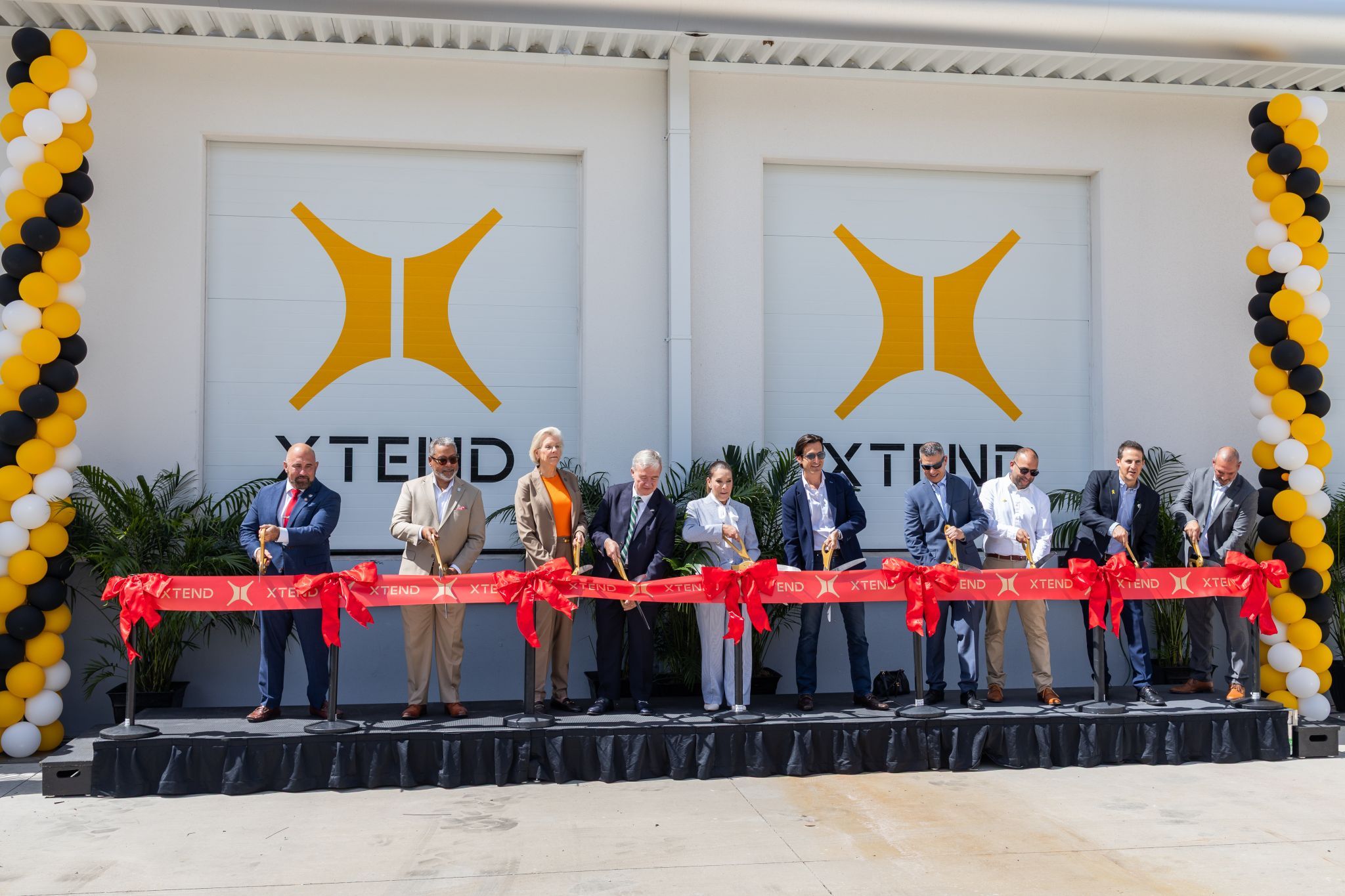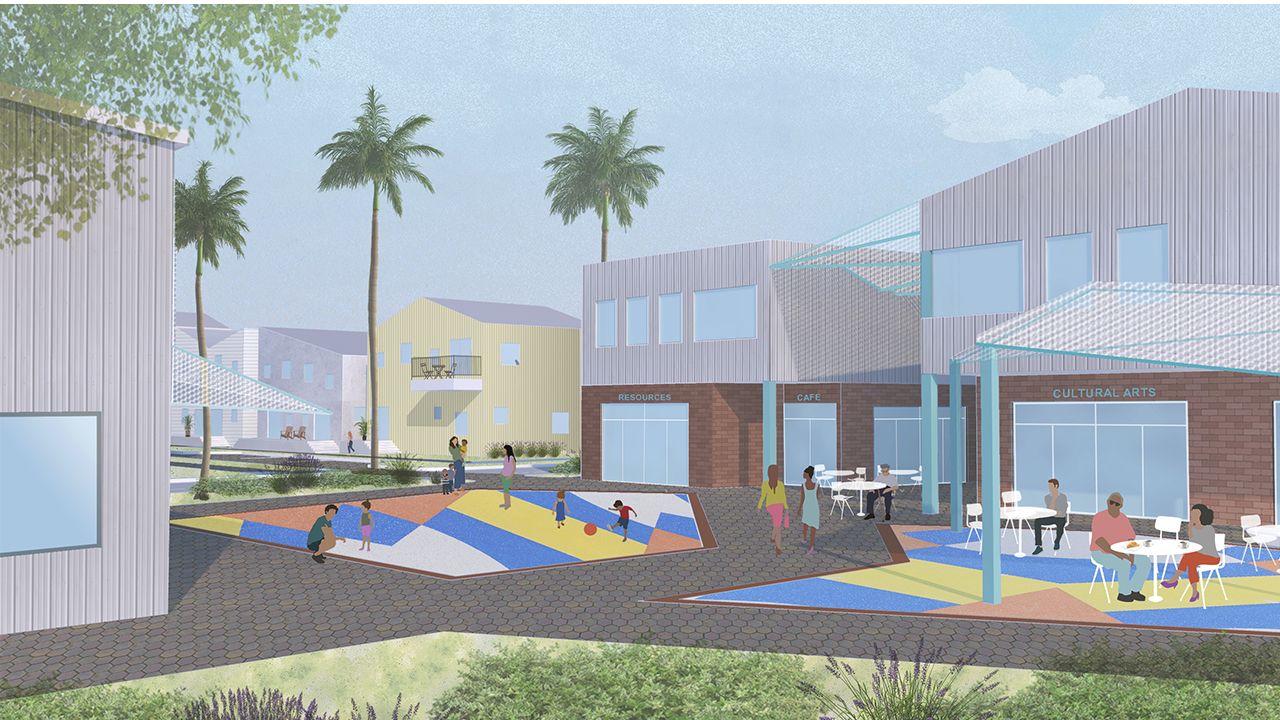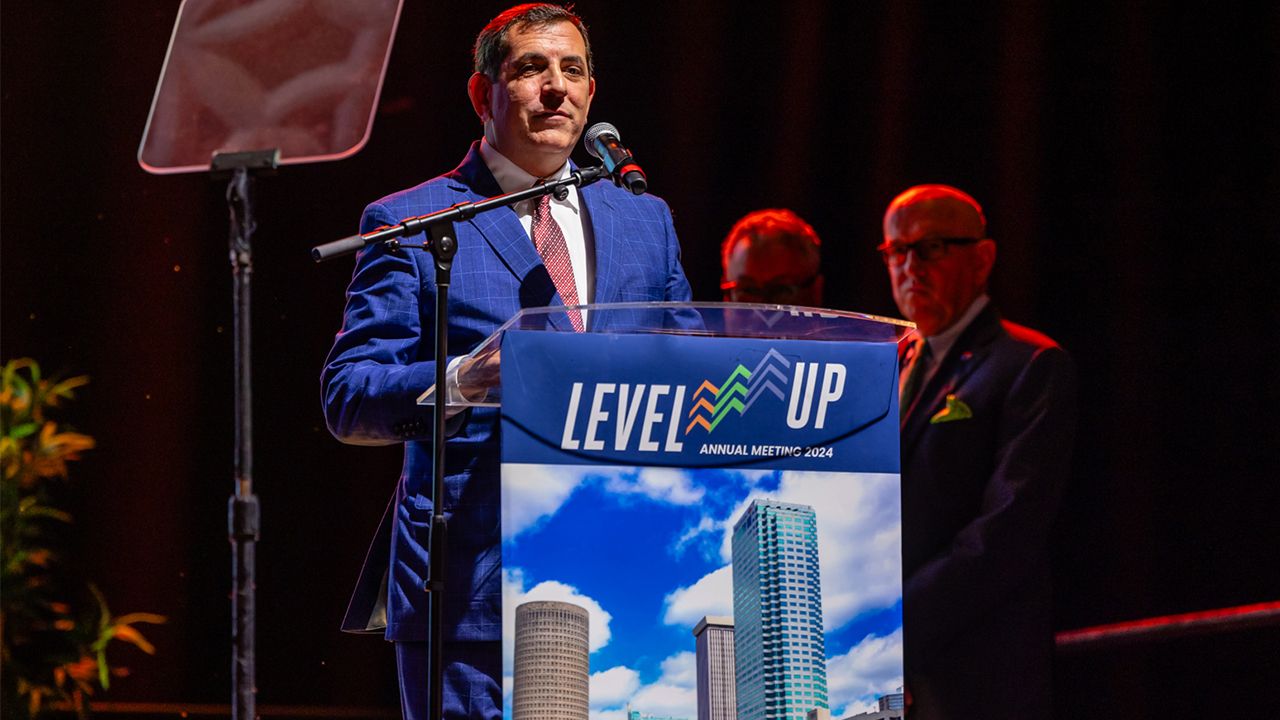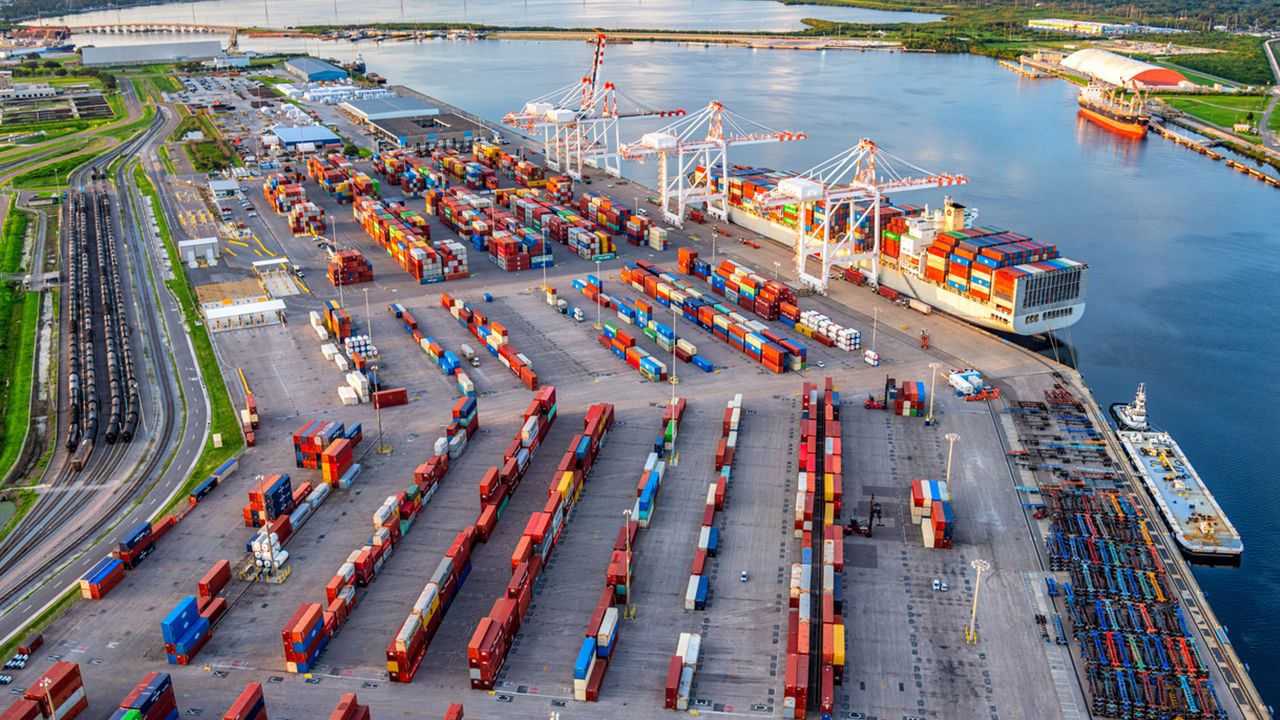We spoke with CareerSource Tampa Bay’s (CSTB) Chief Impact Officer, Michelle Zieziula, to discuss ‘workforce ecosystems’ to deal with a shortage of available workers. CSTB focuses on bringing workers and employers together through education, training and partnerships.
 Michelle Zieziula has 32 years of experience serving private, education and public sectors through manufacturing, university, economic and workforce development forums. Twenty-two of those years have been directly focused in the workforce sector.
Michelle Zieziula has 32 years of experience serving private, education and public sectors through manufacturing, university, economic and workforce development forums. Twenty-two of those years have been directly focused in the workforce sector.
Why should employers be interested in developing workforce ecosystems?
“Employers are taxpayers too, right? They often rely on the system that utilizes their tax dollars to support their needs, like accessing a qualified, talented workforce. Given the challenges of a post-Covid workforce, the ecosystem approach helps employers see the non-profit community through a different lens. A collaborative lens that coordinates a myriad of services, and resources, targeted to specific populations seeking family sustainability. This effort helps employers fill jobs by finding talent where we haven’t necessarily focused before.”
Why would other nonprofit CEOs be interested in partnering in a workforce ecosystem?
“Many nonprofits, across the country, are looking at ways to be more effective. Most ecosystem approaches are relevant for nonprofits because it helps them increase their impact and work toward a common end. We’re looking for those nonprofits that want to join a team to help find solutions to a tight labor market.”
Why is the time right for CareerSource Tampa Bay to find these additional partners?
“CSTB has just completed a strategic planning effort. We’ve restructured our departments and outsourced some programming, designed targeted goals and applied for grants to fill gaps in services. We are now ready to increase our impact!”
Above is an example of an apprenticeship ecosystem. The starting point isn’t with one agency but can be at any starting point. The different agencies or nonprofits all work to support each other to reach an end goal, providing businesses with qualified apprentices.
CSTB is working on the Apprenticeship to Career Empowerment Program (ACE). The program reaches young adults, in low-income households, especially those exiting the foster care system and those escaping from human trafficking, to connect them with apprenticeship opportunities and occupational skills training.
To reach this population, CSTB needs to partner with other nonprofits to assist in identifying these individuals, training them and getting them working in targeted industries such as information technology, healthcare, manufacturing and finance.
“We see the need for ecosystems now, more than ever, with the ACE program,” said Zieziula. “Because the audience we’re targeting is a small universe, when compared to the entire population of Hillsborough County. That nonprofit participation is crucial to the program’s success.”
Is there a financial benefit for nonprofits to align?
“Yes! Diversifying funding helps these programs go further in supporting the targeted audience and assisting more people. There are so many diverse types of programs and ways they assist on the path to sustainability.
So, we’re going to focus on these ecosystems, and we’re going to reach out to other organizations that can do something better than we can, and we’re going to partner with those programs and efforts. That way we’re able to have a greater impact and do more for individuals and employers.
When you’re thinking about an ecosystem, you’re thinking about support from start to finish along the career pathway. For a job seeker, this can be the difference between the dream of a sustainable career and the realization of it. For an employer, this can be the difference between an employee focused on their job, and career, versus worrying about how they will put food on the table for their family.
So, what’s next?
We’re starting with ecosystems that help Tampa Bay including military/veterans, youth, reentry, apprenticeship expansion and the workforce network by eliminating unnecessary duplication of services.”
Just looking at the Veteran’s workforce ecosystem is vital in Hillsborough County. Those exiting the military need housing; some need help drafting a resume,’ even landing a job.”
CSTBs next step will be to turn that ‘job’ into a career, so they’re also working on career pathways. We will explore that in an upcoming issue. If you would like to participate in the workforce ecosystems, reach out to Michelle Zieziula with CareerSource Tampa Bay at [email protected]













